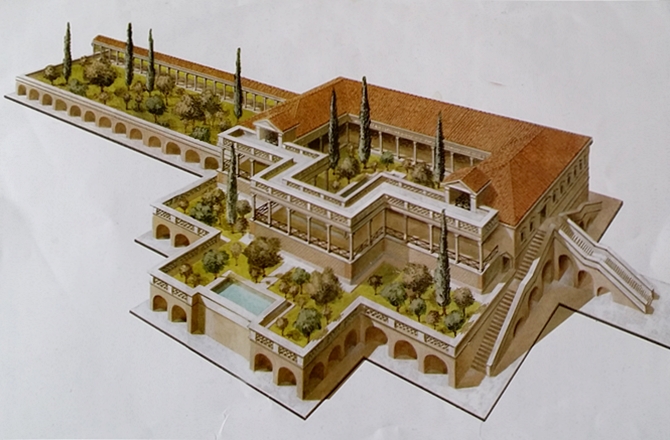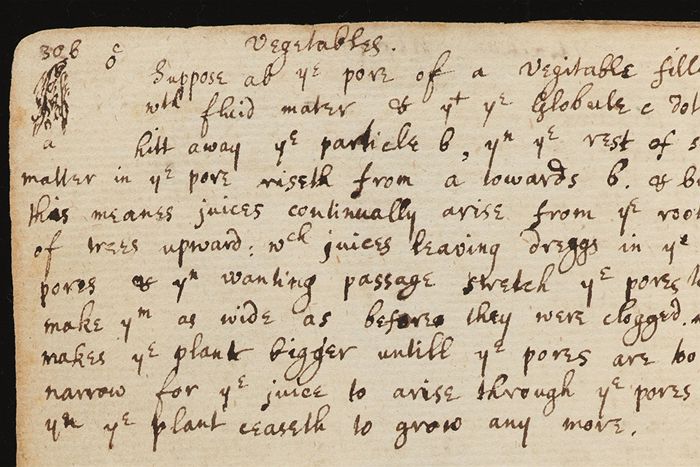
© twitterReal LGBTI people who lived during the 1980s AIDs Crisis share what happened to them.
As the UK celebrates LGBT History Month,
users of Reddit revealed what it was like to be living in what felt like a constant state of tragedy. Real LGBTI people remember the confusion, the lack of information, the lack of support from the government because of the suffering from the virus known only at the time as GRID (gay-related immune deficiency).
'I'm a 62-year-old gay man. I thankfully made it through the epidemic that started in the early 80s and went right through the mid-90's. You ask what it was like? I don't know if I can even begin to tell you how many ways AIDS has affected my life, even though I never caught the virus,' one user said.
'By the early 80s, I had what I would consider a really large circle of friends and acquaintances and once the epidemic really started to hit, it was not uncommon to find out three, four or more people you knew had died each month. We set up informal and formal support groups to look after our friends who took sick. Feeding them when they would eat. Changing them. Washing them. Acting as go-between with families who "were concerned" about their sons, nephews, brothers, etc., but wouldn't lend a hand to help because AIDS was, you know, icky.
'After they passed, there were memorial services to plan with no real time to grieve because when one passed, you were needed somewhere else to begin the process all over again.
'I kept a memory book/photo album of everyone I knew that died of AIDS. It's quite large to say the least. Who were these guys? These were the people I had planned to grow old with. They were the family I had created and wanted to spend the rest of my life with as long as humanly possible but by the time I was in my late 40s, every one of them was gone except for two dear friends of mine.
'All we have left of those days are each other, our memories and pictures. I hope that statement doesn't come off as pitiful though. I am fit, active, healthy and you know what? I enjoy every single day of my life. I enjoy it because most of my friends can't. In my own personal way, I want to honor their lives by living and enjoying mine.'



Comment: You gotta love those highly pragmatic Russians. Here's another famous space related, if not exactly factual anectode: